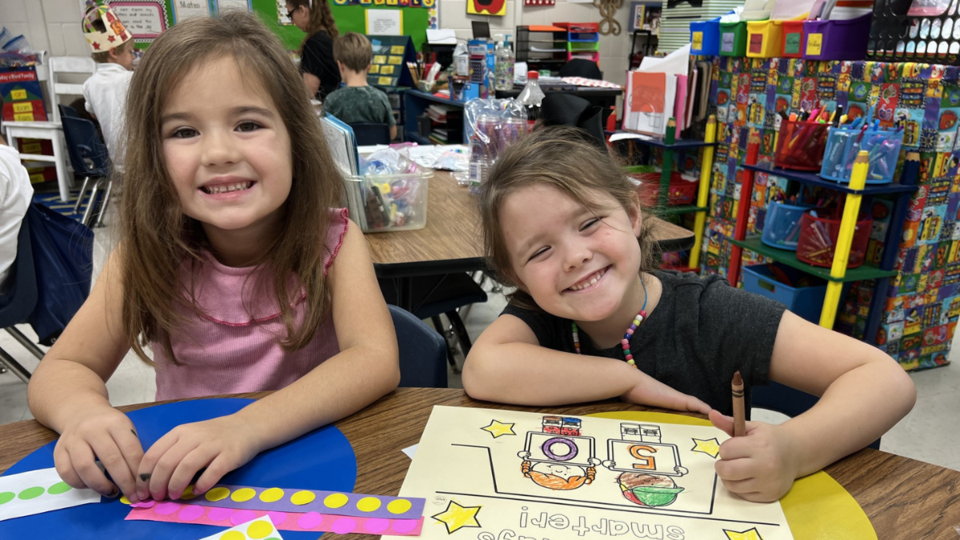On Nov. 16, 2022, the GaDOE released the 2022 College and Career Ready Performance Index (CCRPI) reports.
Overall, Bulloch County Schools (BCS) as a district scored slightly below the state; however, six of the district’s 15 schools scored higher than the state average for content mastery within the respective grade bands. This included Brooklet, Julia P. Bryant, Nevils, Portal Elementary, and Southeast Bulloch’s middle and high schools.
The school district’s average content mastery for Math was higher than English Language Arts in grades 3 through 5. In grades 6 through 12, English Language Arts’ average content mastery was slightly higher than math.
Overall, the graduation rate for Bulloch County Schools (88.0%) was slightly higher than the state graduation rate (84.7%). The graduation rate for both Southeast Bulloch High School (88.9%) and Portal Middle High School (90.8%) were higher than the state average. The graduation rate for Statesboro High School (83.5%) was slightly lower than the state graduation rate (84.7%).
All three high schools increased their five-year graduation rate from 2021. Portal and Statesboro increased their four-year graduation rate while Southeast Bulloch’s graduation rate dropped slightly.

Under a waiver received from the U.S. Department of Education, the 2022 CCRPI does not include the usual overall zero to 100 score for schools, districts, or the state, and additional modifications were made to account for data limitations resulting from the pandemic.
The state is encouraging schools to use the 2022 CCRPI to establish a baseline for data comparison in future years and has suggested that districts refrain from comparing the data to previous years.
Due to the lack of comparison data, the following components were not included in this year’s CCRPI report: Summative Ratings, Progress (Student Growth Percentiles for math and ELA), Closing Gaps, and the school attendance portion of Readiness.
The CCRPI reports include scores for these three components:
- Content Mastery includes student scores on state assessments in English Language Arts, mathematics, science, and social studies.
- Readiness at the elementary- and middle-school levels includes literacy scores and data on the percentage of students passing Beyond the Core instruction. Beyond the Core at the elementary level includes fine arts, world language, and computer science, and at the middle school level fine arts, world language, physical education/health, career exploratory, and computer science. At the high-school level, Readiness includes literacy scores, pathway completion data, and accelerated enrollment data.
- Graduation Rate is reported at the high-school level.
U.S. Department of Education waiver
Georgia, along with other states, requested and received approval to pause accountability reporting in 2020 and 2021 due to the impacts of the pandemic.
In 2022, the U.S. Department of Education invited each state to submit an addendum to its state Every Student Succeeds Act plan outlining one-year modifications to its accountability plan as a result of pandemic-related data limitations. Georgia’s addendum request was approved in May 2022.
While the CCRPI’s Readiness component typically includes student attendance at all grade levels, the U.S. Department of Education approved Georgia’s request to remove this indicator for 2022, given the impact of illness and quarantines.
Additionally, College and Career Readiness – which is typically included in the high-school Readiness score – is not included due to incomplete data. As outlined in Georgia’s waiver request, the Progress and Closing Gaps indicators were not calculated for 2022 due to data limitations resulting from the pandemic.
Georgia’s focus on academic recovery
In response to the pandemic’s impact on student learning, GaDOE has partnered with schools and districts to make strategic investments in academic recovery. Those investments include:
- Hiring state- and regional-level Academic Recovery Specialists who work directly with school leaders and educators to address gaps in learning.
- Awarding grants to expand afterschool and summer learning.
- Providing formative assessments at no cost to all districts and schools.
- Developing an extensive library of publicly available instructional resources and supports.
- Establishment of an Office of Rural Education and Innovation to target supports to underserved schools and districts.
“Georgia will continue to remain laser-focused on academic recovery,” State School Superintendent Richard Woods said in a statement issued by the state.
“We know the pandemic had an undeniable impact on student learning – it’s our role, responsibility, and privilege moving forward to ensure districts and schools have the resources they need to continue investing in students and combatting the effects of lost learning opportunities. Georgia’s teachers, students and the rest of our public education family have already worked incredibly hard to get learning back on track, and I am entirely confident in their ability to continue those efforts.”
Under the federal Every Student Succeeds Act (ESSA), each state is required to have a statewide accountability system that provides information on how well schools are performing. The CCRPI meets that requirement in Georgia.
Learn more about the CCRPI here.




